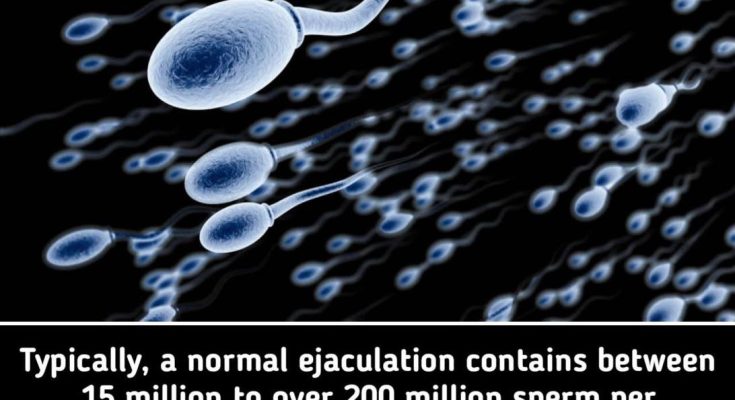Understanding Sperm Count in Ejaculation: What’s Normal?
Ejaculation is a biological process in which sperm cells are released from the male reproductive system, typically during sexual intercourse or other forms of sexual activity. One of the most fascinating aspects of this process is the sheer volume of sperm that are released with each ejaculation.
On average, a typical ejaculation contains anywhere from 15 million to over 200 million sperm per milliliter of semen. This is a broad range, but it offers a good sense of what is considered “normal” when it comes to sperm concentration. To get a clearer picture, consider that the average volume of semen released during ejaculation is about 2 to 5 milliliters.
When we multiply the number of sperm per milliliter by the total volume of semen released, the result is impressive! A single ejaculation can release anywhere from 30 million sperm to more than 1 billion sperm cells. That’s a vast number, but only a very small fraction of those sperm will make it to the egg, and only one will fertilize it.
The sperm count and concentration are important factors when it comes to fertility. A lower sperm count (below 15 million sperm per milliliter) may reduce the likelihood of successful conception, while a higher count typically increases the chances of conception, though many other factors can also play a role in male fertility.



